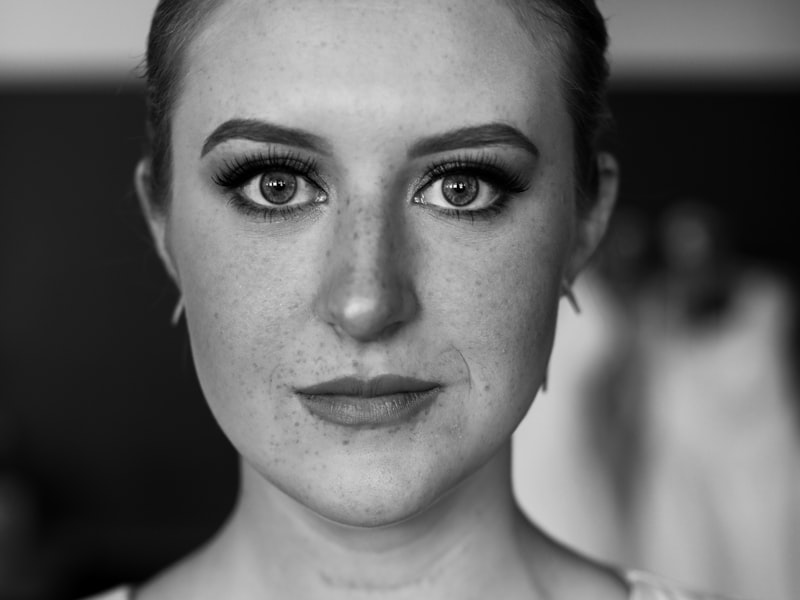Five fascinating facts about How to Store White wine

How does wine spoil?
Wine is a complicated beverage, and as such, it can ruin in a number of ways. The most typical kind of wine spoilage is oxidation, which occurs when the wine is exposed to oxygen.
Other forms of red wine putridity include bacterial contamination, which can cause the wine to ruin and develop off-flavors, and heat damage, which can trigger the wine to become prepared and lose its flavor.
To avoid white wine wasting, it is very important to keep red wine in a cool, dark place. Wine ought to likewise be stored in an airtight container, such as a bottle, to prevent it from being exposed to oxygen.
For how long can red wine be stored?
Assuming you're talking about unopened red wine, a lot of red wines will be at their best 3-5 years after the classic date. Sparkling white wines and dessert white wines are generally best taken in young, within a year or two of the classic date.
How does red wine ruin?
White wine is an intricate drink, and as such, it is susceptible to a number of different kinds of spoilage. The most common type of spoilage is oxidation, which occurs when the red wine is exposed to oxygen. This can take place when the white wine is saved in an oxygen-rich environment, or when it is exposed to oxygen during the winemaking process. Oxidation can likewise occur when the white wine is exposed to high temperatures, or when it is stored in a bottle with a malfunctioning seal.
Other types of putridity include bacterial contamination, which can cause the wine to ruin and develop off-flavors. Particular types of germs can trigger the wine to ruin, and it is crucial to prevent these germs from coming into contact with the wine.
Finally, white wine can likewise spoil due to cork taint. This type of spoilage is brought on by a chemical compound called TCA, which is found in the bark of particular trees. TCA can infect the cork of a bottle, and it can also infect the white wine itself. Cork taint can cause the white wine to establish moldy, moldy, or damp scents, and it can likewise make the red wine taste flat and lifeless.
How does wine ruin?
White wine wasting is a complex process that can be affected by a number of various elements. The most crucial aspect in wine putridity is oxygen.
Red wine putridity can likewise be triggered by germs. There are lots of different types of germs that can impact white wine, and each type can cause different tastes and scents to establish.
Temperature level is another important consider white wine putridity. warmer temperatures speed up the chemical responses that occur in wine, while cooler temperature levels slow them down. This is why it is necessary to save white wine at the correct temperature. If white wine is saved at too warm of a temperature level, the chain reactions will occur too quickly and the white wine will spoil. The responses will occur too slowly and the wine will not establish the appropriate tastes and aromas if red wine is saved at too cool of a temperature level.
Light is likewise a consider white wine wasting. Ultraviolet light can cause a variety of different chemical responses to happen in wine, which can cause the advancement of scents and off-flavors. This is why it is very important to keep white wine in a dark place.
There are a number of various chemicals that can trigger wine wasting. Sulfur dioxide is a typical preservative that is included to wine.
Wine putridity is a complex procedure that can be impacted by a number of different elements. The most important element in wine spoilage is oxygen.
White wine wasting can also be brought on by germs. There are several types of bacteria that can impact wine, and each type can cause various flavors and aromas to develop. The most typical type of germs that impacts white wine is acetic acid germs. This kind of bacteria produces acetic acid, which provides white wine a vinegar-like taste.
Temperature level is another important consider white wine spoilage. warmer temperatures accelerate the chemical responses that take location in red wine, while cooler temperature levels slow them down. This is why it is necessary to keep wine at the appropriate temperature. https://zerogov.net/?p=998 If wine is saved at too warm of a temperature, the chemical reactions will happen too quickly and the red wine will ruin. The reactions will happen too gradually and the wine will not establish the appropriate tastes and aromas if wine is kept at too cool of a temperature.
Light is also a consider red wine spoilage. Ultraviolet light can trigger a variety of various chain reaction to occur in white wine, which can lead to the development of aromas and off-flavors. This is why it is very important to save white wine in a dark location.
There are a variety of various chemicals that can cause wine spoilage. Sulfur dioxide is a common preservative that is included to red wine. However, excessive sulfur dioxide can cause the red wine to taste bitter. Copper sulfate is another chemical that is in some cases contributed to wine. Copper sulfate can assist to avoid the development of bacteria, however it can likewise trigger the red wine to taste metallic.
How does wine ruin?
Red wine wasting is an umbrella term for a multitude of different off tastes that can establish in wine. While some spoilage tastes are considered even preferable and acceptable in specific designs of wine, others are considered faults that can destroy a white wine. The main reasons for white wine spoilage are oxidation, microbial contamination, and heat damage.
Oxidation
Oxidation is the most common reason for white wine wasting. It happens when white wine is exposed to oxygen, which triggers it to gradually turn brown and lose its freshness. Oxidation can take place throughout the winemaking process, if the white wine is not appropriately sealed in an airtight container, or if it is stored in a damp or warm environment.
Microbial Contamination
Microbial contamination can happen if wine is saved in dirty containers or if it enters into contact with bacteria or fungi. This type of putridity is frequently characterized by off-putting aromas, such as vinegar or mold.
Heat Damage
If white wine is saved in a hot environment, heat damage is a type of wasting that can occur. This type of putridity is typically characterized by cooked or stewed fruit fragrances.
